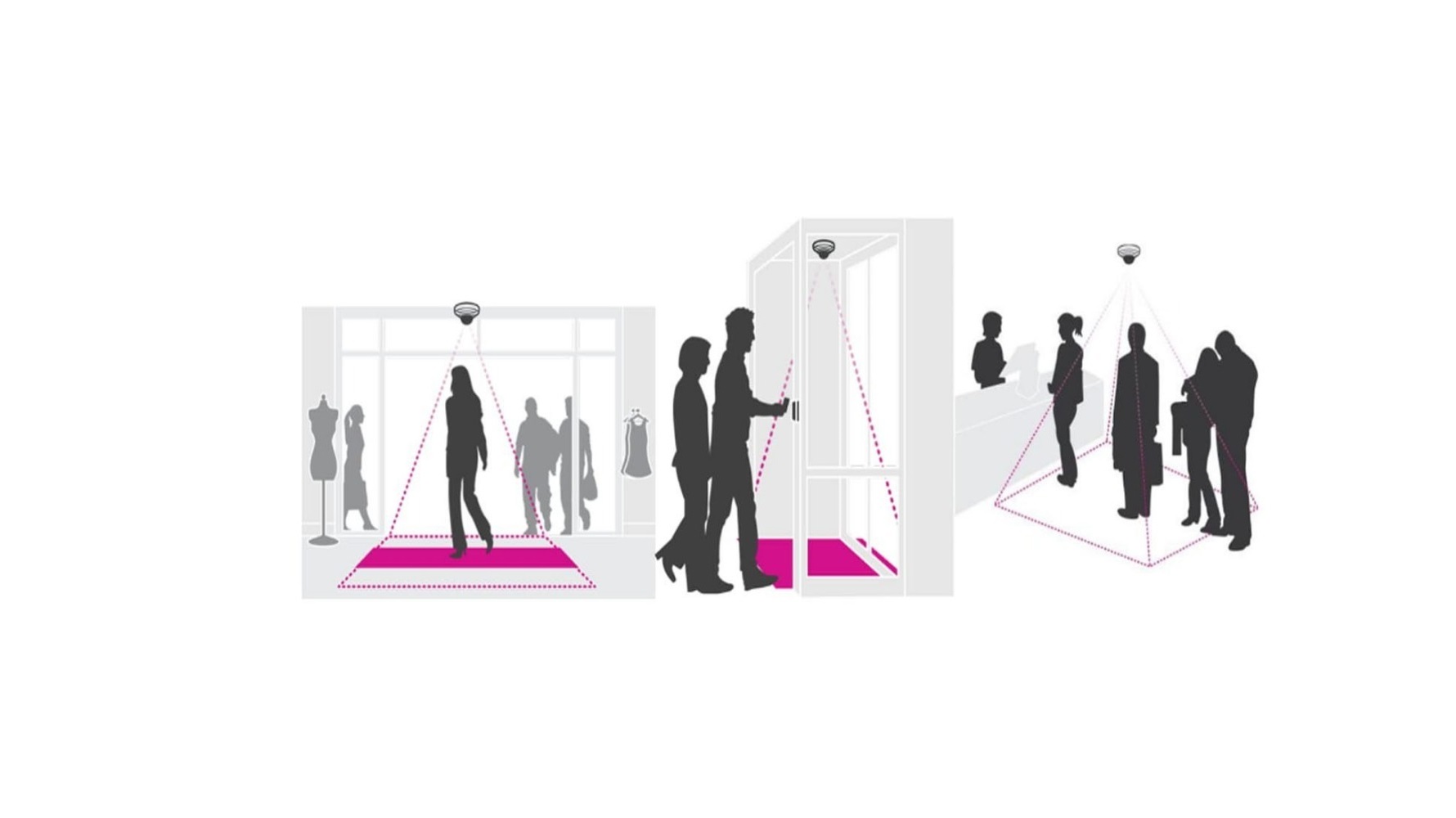Three Ways Video Analytics Will Improve Your Retail Profits
In this article, we’ll discuss the basics of video analytics and dive into three of the technology’s most compelling use cases for retailers.
Retailers lose a staggering amount of money each year to theft. According to the Australia and New Zealand Retail Crime Survey, that collected data from over 9,000 stores with a combined annual turnover of AUD $95 billion in 2018, retailers in the ANZ region lost an estimated $3.37 billion due to theft annually.
Theft and retail loss prevention is a problem that businesses have faced for as long as goods have been on display and one that security professionals have long tried to stop. It’s a constant cat and mouse problem. Criminals are always finding new ways to get around security and theft prevention has to work at a faster pace and cover more ground with each new iteration.
Luckily for anyone in the retail business, the private security industry is up to the task. In recent years, we’ve seen giant leaps in video surveillance AI and practices that keep businesses safe. Significant improvements can be found in the market for computer vision applications: also known as video analytics. This technology turns a CCTV system into a powerful loss prevention tool that helps to improve your bottom line and keeps boards and management teams happy.
What is Video Analytics?
Video analytics uses computer vision to process images from a camera to detect and classify objects. For example, it’s the use of computer vision to count the number of people who entered a store or alert staff to those who leave without stopping to pay.
Video analytics applies algorithms to video streams to find patterns or details in the pixels that represent an object (e.g. Person, Face, Vehicle), features (e.g. a nose, a mask, a truck), and/or behaviors (e.g. loitering, unusual movement, fighting).
Video analytics uses 4 core algorithmic disciplines including, Video Motion Detection (VMD), Heuristics, Machine Learning and Artificial Intelligence (AI) to search for patterns in the pixels of video streams that represent objects (i.e. people, a face or vehicle), features (e.g. a nose, a mask, a truck), and/or behaviors (e.g. loitering, unusual movement, fighting).
Video Analytics Use Cases for Retail
1. Theft Prevention
Retail security in shopping centres, grocery stores & and other large locations suffer from a common problem. The bigger they are, the harder it is to track everything that’s going on inside. The more cameras they install, the better their security coverage. However, it then becomes more challenging to manage. A video surveillance system with analytics is able to detect objects in multiple video streams simultaneously.
For a video surveillance system to be of real use, it needs to do more than provide a visual record of events. The video surveillance system needs to provide security teams with actionable intelligence in real-time. Video analytics helps on-site security respond faster to incidents that occur. It’ll notify staff when activity (as defined by you) takes place. For example, your security team could get a customised email or SMS alert when someone on a facial recognition watchlist enters your retail centre. Or your system could prioritise a live feed of high-risk areas when you have no employees nearby. The specific use cases for theft prevention are near-limitless. They’re bound by the creativity of your security partners and what you’ve come to understand about your customers and their patterns.
2. Pattern Finding
It’s worth mentioning that video analytics can be of great help in studying the movement and behaviour patterns of the different types of people who enter your locations.
Ordinarily, you’d have to sift through hours of footage to identify at-risk areas and goods in your stores, understand how people navigate your aisles, and spot suspicious patterns to improve your policies. Instead of fast-forwarding through hours of data to find behaviour worth noting, you could save time by automatically searching for footage that features people.
With object detection, you could search for:
- The number of people that visited your store in a given time period?
- The hours of the day that see the most activity?
- The number of people that tried to enter your store without waering a mask
Beyond the insights generated about your location’s security, automation makes it easier to understand the factors that drive your revenue. It’s an investment that keeps on giving.
3. Investigation
There’s a lot of time spent investigating theft using video surveillance systems. Footage is used in order to recoup losses through insurance, root out bad actors among your employees, or simply get smarter for future cases. Again, this process tends to be manual, time-consuming, and ultimately prone to human error. Video content analysis gives security personnel an easier go of it through search and rule-checking.
Naturally, you wouldn’t need footage of people browsing—the crucial moments are when visitors get close to your merchandise. Video analytics functions powered by AI can help investigators narrow their pool of searches to these crucial moments. Likewise, they can theoretically be trained to track unique visitors as they travel across your store, similar to how Instagram filters know where a face is on a screen via facial recognition.
Conclusion
For medium and large retail organisations video analytics assists with the automation of mundane & transactional security tasks, object detection and classification.
JD Security specialises in delivering technology to equip organisations against increasingly subtle threats. We employ experienced technicians, and security professionals to bring you the greatest possible value from your security solutions.
Contact us today to learn how video analytics can help your organisation.
Call us on 1300 556 334 or email [email protected] to learn more.
Customers in New Zealand call 0800 345 677 or email [email protected].
Latest Posts
Comments are closed.


